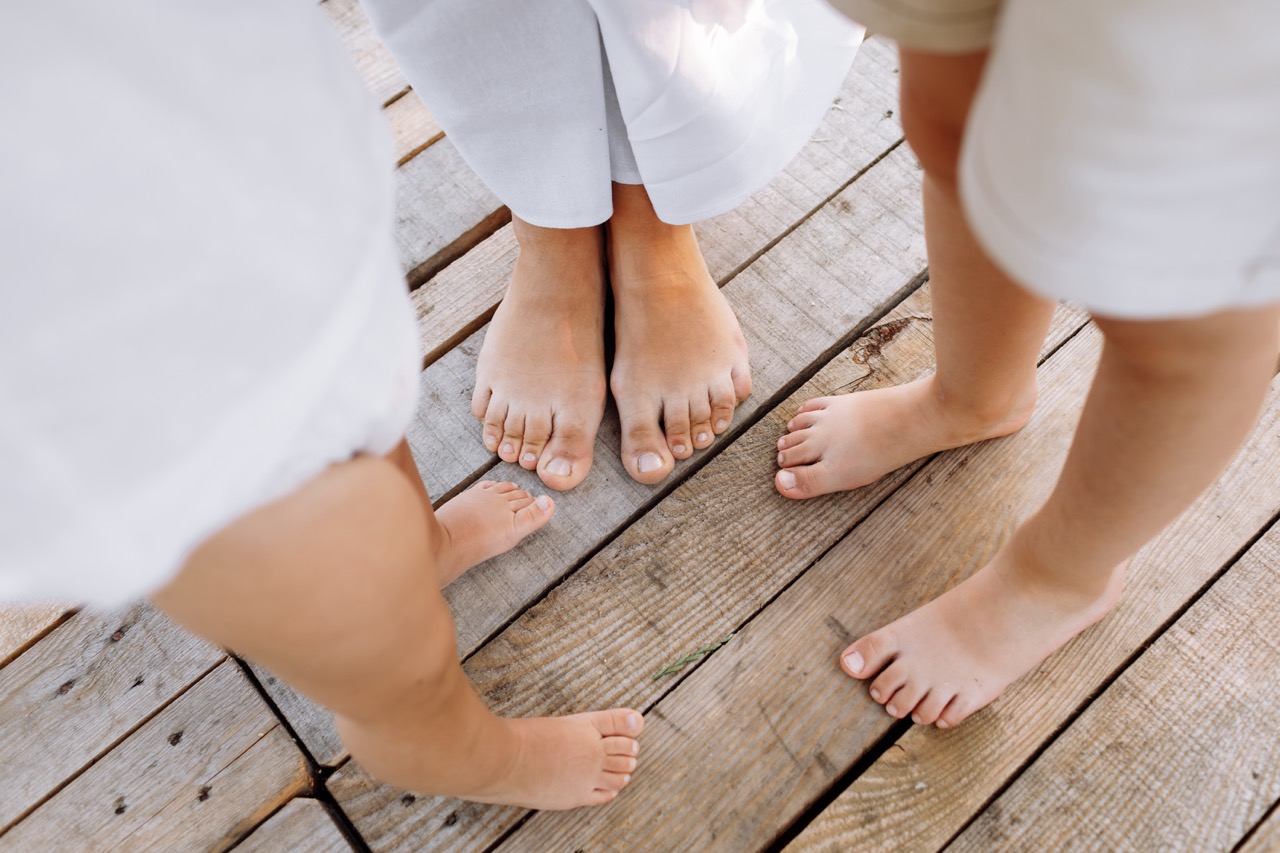The Best Foot Care Practices for Dancers

Dancing is a physically demanding art form that requires strength, flexibility, and endurance, particularly from the feet. Dancers put immense pressure on their feet during performances and rehearsals, making them susceptible to various foot problems. Proper foot care is crucial for maintaining optimal performance and preventing injuries. This article outlines the best practices for foot care that dancers should adopt to ensure their feet remain healthy and strong.
Understanding Common Foot Problems in Dancers
Dancers frequently encounter foot issues due to the rigorous demands of their craft. Common problems include plantar fasciitis, blisters, bunions, and stress fractures. Plantar fasciitis, characterized by heel pain and inflammation of the plantar fascia, can arise from repetitive impact and overuse during dance routines. Blisters, on the other hand, often result from friction between the foot and shoes, making them a common nuisance for dancers who spend long hours on their feet.
Bunions, a deformity of the big toe joint, can develop from improper footwear or an inherited predisposition. They not only cause pain and discomfort but can also affect a dancer’s balance and alignment. Stress fractures, small cracks in the bones of the feet, can occur due to repetitive stress or overtraining. These injuries may not be immediately apparent but require attention to avoid more severe complications.
Being aware of these common foot problems is the first step toward prevention. Dancers should monitor their foot health regularly and seek professional advice when experiencing persistent pain or discomfort. Early intervention can prevent minor issues from escalating into serious injuries that could sideline a dancer for an extended period.
Essential Foot Care Routines for Daily Practice
A consistent foot care routine is essential for dancers to maintain foot health. One of the most important practices is regular stretching and strengthening exercises specifically designed for the feet and ankles. These can help improve flexibility, enhance stability, and reduce the risk of injuries. Incorporating exercises like toe raises, ankle circles, and foot massages can promote blood circulation and muscle relaxation.
Additionally, maintaining proper hygiene is crucial for foot care. Dancers should wash and dry their feet thoroughly to prevent fungal infections, such as athlete’s foot, which can thrive in warm, damp conditions. Applying antifungal powder and keeping toenails trimmed can further reduce the risk of infection and discomfort. Moisturizing the feet is also important to prevent dryness and cracking, but care should be taken to avoid applying lotion between the toes, where moisture can lead to fungal growth.
Finally, monitoring any changes in foot health is vital. Dancers should perform a self-assessment regularly, checking for signs of redness, swelling, or abnormal growths. Maintaining open communication with instructors or healthcare professionals can facilitate early detection of any issues that may arise, ensuring timely intervention and care.
Proper Footwear: Choosing the Right Dance Shoes
Selecting the right dance shoes is paramount for any dancer’s foot health. Dance shoes should provide adequate support, cushioning, and flexibility to accommodate the various movements involved in dance styles. It’s essential to choose shoes that fit well—not too tight and not too loose—to prevent blisters, calluses, and other foot injuries. Dancers should always try on shoes and walk or dance in them to ensure comfort and support.
Different dance styles have specific footwear requirements. For example, ballet dancers typically wear soft slippers or pointe shoes, while jazz dancers may prefer jazz shoes that offer more flexibility and a better grip. When purchasing shoes, dancers should consider their arch type and foot shape, as this can significantly impact comfort and performance. Consulting with a professional at a dancewear store can provide valuable insights into the best options for individual needs.
Furthermore, dancers should regularly inspect their shoes for wear and tear. Over time, the materials can degrade, reducing their effectiveness and support. Dancers should replace worn-out shoes promptly to avoid impairing their performance and risking injury. Investing in high-quality footwear tailored to one’s specific dance style can make a significant difference in both comfort and longevity in a dancer’s career.
Injury Prevention: Tips for Strong and Healthy Feet
Injuries are an unfortunate reality for dancers, but many can be prevented with the right strategies. One key to injury prevention is cross-training. Engaging in activities like swimming, yoga, or Pilates can enhance overall strength and flexibility while giving the feet a break from the repetitive impact of dance. Cross-training also helps maintain cardiovascular fitness, which is essential for endurance during longer dance sessions.
Proper warm-up and cool-down routines are also critical for foot health. Before dancing, a thorough warm-up that includes dynamic stretches and foot-focused exercises can prepare the muscles and joints for activity, reducing the risk of strains and sprains. After dancing, cooling down with static stretches helps alleviate tension and promotes recovery, which is essential for sustaining foot health over time.
Finally, listening to the body is crucial for injury prevention. Dancers should be mindful of their limits and avoid pushing through pain. If discomfort arises, it’s important to rest and seek medical advice if the pain persists. Implementing rest days into a training schedule can also allow the body to recover and strengthen, paving the way for longevity in a dancer’s career.
Foot care is an essential aspect of a dancer’s training and performance. By understanding common foot problems, establishing effective daily routines, selecting the right footwear, and focusing on injury prevention, dancers can maintain their foot health and enhance their overall performance. Prioritizing foot care not only supports a dancer’s current capabilities but also lays the groundwork for a long and successful career in dance.




